If you build it, they will come
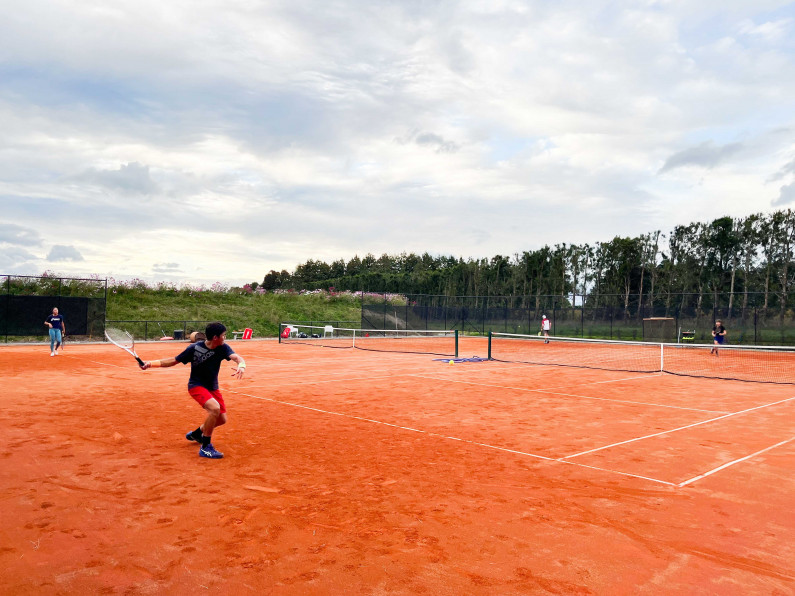
From Wairarapa, to Kazakhstan.
A mere 14,000km, give or take, as the crow flies.
Quite a journey for New Zealand’s best young tennis talent.
Just a few weeks ago, these Kiwi teenagers were training and preparing at a new facility on the outskirts of Martinborough, on courts surrounded by paddocks and vineyards.
This week, and next, they are playing tennis a world away, in Shymkent – the third most populous city of Kazakhstan that has history dating back to at least the 12th Century.
From brand new courts in the New Zealand countryside, to an international tennis tournament in an ancient Silk Road region.
The connection between the two – clay.
More on that soon.
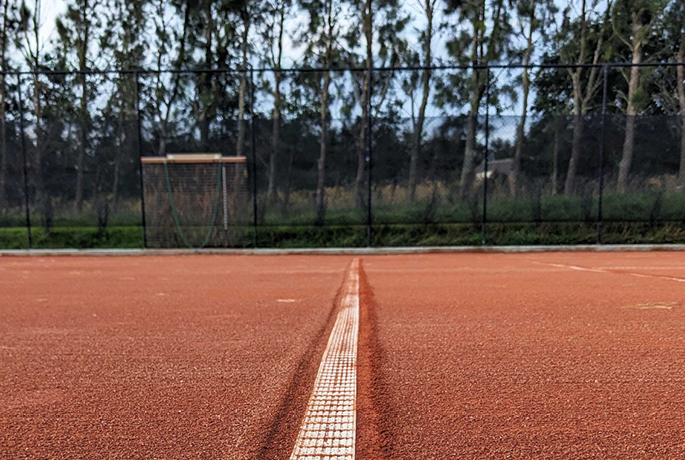
From May 1-13, two New Zealand teams are competing in Shymkent against the very best from Asia and Oceania and fighting for a spot in the Billie Jean King Cup Juniors and Davis Cup Juniors.
Those are the premier international team tournaments for girls' and boys' tennis (ages 16 and under).
Matt Alexander, Tennis New Zealand’s National Development Coach, ran two training camps at Dry River Tennis Centre in Wairarapa in the weeks leading up to the Asia/Oceania Final Qualifying events in Kazakhstan.
“It was a surreal experience to actually host a preparation camp on clay at home in New Zealand,” he said this week.
“Without these courts, everyone would have had to depart New Zealand a lot earlier, find an overseas training base, potentially fight for court time, and try to build enough familiarity with the surface to then go out and compete against some players who have spent their whole lives on it.”
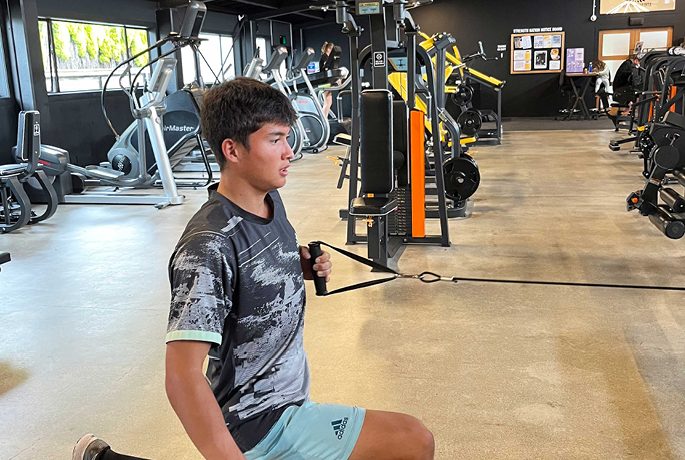
The Wairarapa facility, which is owned by Red Clay Tennis, is the only one of its kind in New Zealand. It has two red European clay tennis courts, on-site accommodation for players and coaches, and a gym.
“Frankly, training setups don’t get much better,” Matt said.
“It gave us as much court time as we could physically handle, as well as an idyllic place to rest in between sessions.”
The high performance junior camps were also a major milestone for Jacob Emery, the man behind Red Clay Tennis and Dry River Tennis Centre, who dreamt up the concept in the aftermath of the first Covid-19 lockdown.
This is a story about that dream, and what it could mean for tennis in New Zealand.
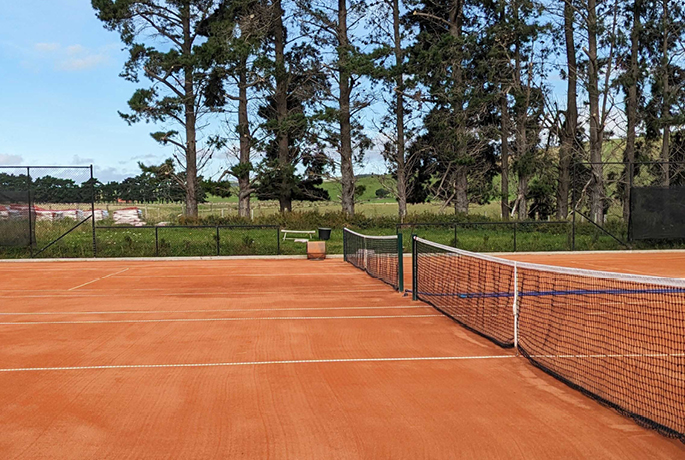
A point of difference
Jacob has been coaching tennis for 15 years, working with young players in Wellington and guiding a decent number of them right through to college tennis scholarships in the United States.
When Covid hit in 2020, Jacob had not long completed a master’s degree in innovation and commercialisation at Victoria University of Wellington, and he was pondering his next move.
He and his partner Teresa were keen to move out of the city and so they started developing a business idea that would combine Jacob’s recent studies with his passion for coaching tennis.
They looked at the high quality tennis camps on offer overseas and saw a gap in the New Zealand market.
Jacob started going to New Zealand boarding schools and hiring out their facilities, running camps for aspiring young players, and testing if there was enough interest out there.
He was looking for a point of difference before taking the next step.
Maybe he could build a covered, all-weather, hard court tennis facility?
Too expensive, he very quickly discovered.
It was actually Matt Alexander who first suggested, while throwing around other ideas, “Why don’t you do clay?”
That was the moment, Jacob said. The catalyst.
Clay was suddenly the clear and obvious choice.
“‘Why didn't I think of that?’ was kind of the first thought,” Jacob said.
“And then I thought, ‘Yeah, okay, well, let's do it.’”
Jacob had spent a couple of summers in Germany playing and coaching on European clay courts and had wondered in the past why New Zealand didn’t have similar facilities.
“The commentary was, you couldn't do it in New Zealand, and I never really bought into that,” he said.
Jacob said people would talk about New Zealand weather, or the amount of wind, being unsuitable for clay courts.
“I always questioned that. I always thought you probably could.”
Now he had a chance to test that theory.
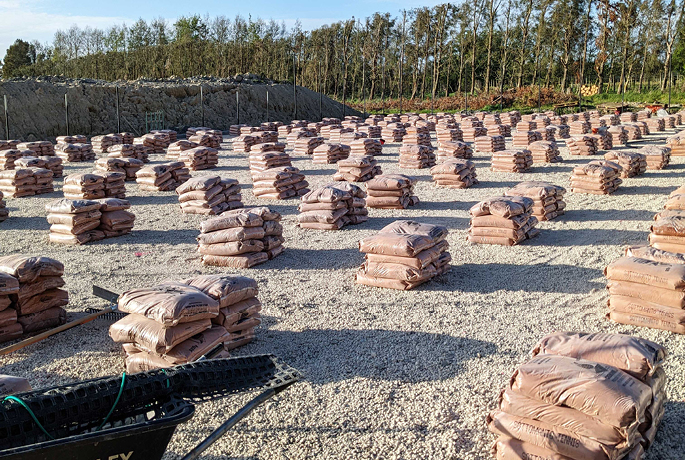
Biting the bullet
Jacob and Teresa bought a plot of land just outside of Martinborough in September 2020.
It wasn’t exactly a cornfield, but you get the point. This was Field of Dreams kind of stuff.
Let’s build a red European clay tennis court facility in a paddock in rural Wairarapa.
If you build it, they will come.
Jacob and Teresa put together a rough budget for the project, they lined up a bank loan, and Jacob started phoning clay suppliers all over Europe.
The project was full steam ahead.
Jacob found what he was looking for in Italy and soon had a quote for 80 tonnes of red European clay (plus shipping).
But then the prices started rising. And rising. With Covid disruptions and global shipping delays wreaking havoc, Jacob’s quote kept going up. It ballooned to more than $100,000.
He was waiting for the prices to drop, but they didn’t.
“So, in the end, I thought, if I wait any longer, it's just never going to happen, and I just bit the bullet and brought it in.”
The clay arrived in New Zealand in March 2022.
During the wait, there were other complications.
Lending rules changed and that meant Jacob and Teresa had to look for a new bank.
Jacob developed a more comprehensive business plan, with financial projections, and started visiting all the other banks, pitching the project. He eventually got it over the line.
Of course, there was also a tricky council consent to contend with, and a very wet winter and spring.
Earthworks started in July 2022 and Jacob and the team put down the final layer of clay in October. It was still too soft to play on, but the table was set.
“From the time that the excavator turned up to start digging, to when we were actually able to play properly, was probably six months,” Jacob said.
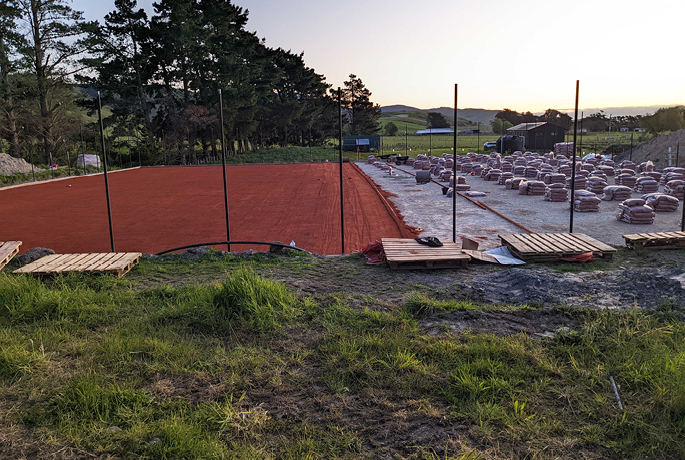
Clay courts have layers
By December last year, Jacob was hosting his first training camps at Dry River Tennis Centre.
It had been a long journey to get to that point and, with help from experts and consultants, he had delved deep into the world of clay tennis courts.
At a moment’s notice, Jacob can now run you through every single step of building two clay courts – in ridiculous detail.
He can tell you about each and every layer below the surface; about the 2500 tonnes of river stones that have been compacted down, about the other rocky layer that comes after that, and about the layer that acts like a sponge, draining excess water while still holding some liquid to keep the clay at a consistent moisture level as the courts heat up during the day and the surface water evaporates.
Of course then there’s the 4cm of clay itself, which is actually compacted down to more like 3cm.
And don’t forget the very top layer, which is more like a thin powder coat of clay.
“I certainly wouldn't claim to be an expert,” Jacob said, before heaping praise on the experts he has leaned on for advice and guidance.
However, he does recognise the feeling of satisfaction that he gets when he works on the courts and gets them looking nice.
“You can certainly see it's going to become a real labour of love.”
That feeling of satisfaction is only amplified when Jacob stands back and watches the courts being used.
“I've had different players that have been training on the clay, week in and week out, and now I'm starting to see some real tangible benefits in their game. So that's probably, for me, the more exciting part I guess.”
He is a coach, after all.
Jacob and two other coaches are now working with players from all around the region and further afield.
“The community support has been incredible,” Jacob said. “It has been overwhelming.”
He said a big part of what motivates him is the potential to help the tennis community and work with aspiring young players.
“It has to work as a business but obviously I'm all in on trying to help tennis in New Zealand.”
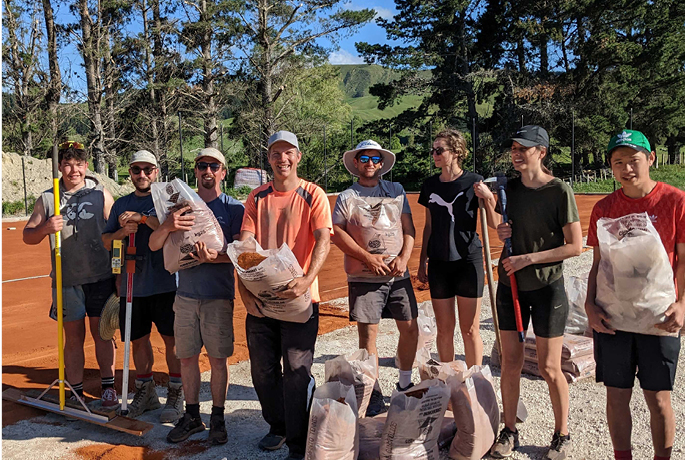
The opportunities ahead
Adam Roberts hadn’t had a hit on a proper red European clay court in maybe 15 years.
The first thing he noticed – or remembered – in Wairarapa was just how high and slow tennis balls bounce on clay.
“I'm six foot three, and they were bouncing up to my shoulder height,” he said with a laugh.
Adam is Tennis New Zealand’s Coach Development Manager and recently spent some time at Dry River Tennis Centre to check out the courts and explore how Tennis New Zealand might use the facility for talent development and coaching high performance players.
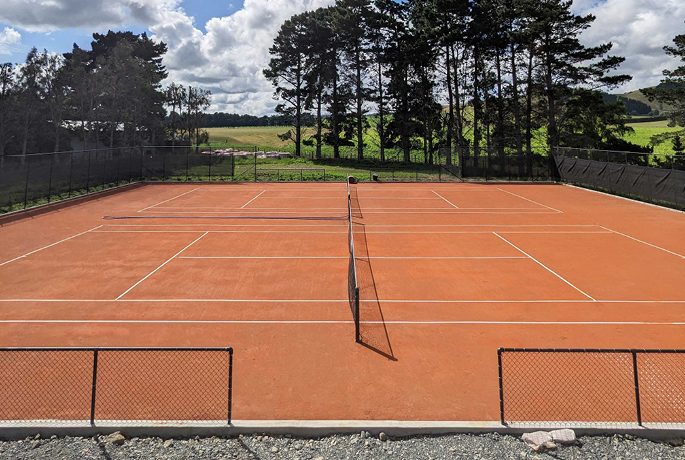
Adam is from Queensland in Australia and like all of his Kiwi tennis peers, he grew up playing on hard courts.
“If you've been brought up playing on hard courts and your game is based on all power and hitting flatter shots, like myself … I personally hate clay courts with a passion,” he said.
As well as that extra bounce, balls tend to respond more to spin on the gritty surface of a clay court, making topspin the real weapon.
Clay courts are also slower when it comes to ball speed, and are more slippery underfoot, which changes how players move around the court.
“I guess as far as New Zealand, and even Australian players go, we're generally the weakest when it comes to the clay court season,” Adam said.
“They will go over to Europe and they'll play on clay and they don't have their usual armada of tools to just hit players off the court, and they have to go into a completely different game style.”
The reason for that is they just haven’t trained or competed enough on clay, Adam said.
And that is where Dry River Tennis Centre could play an important role moving forward.
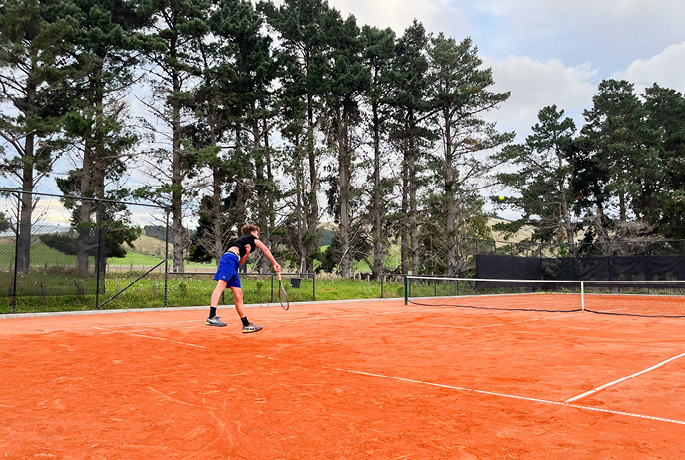
Adam said the closest opportunity for New Zealand players to get on clay courts of the same quality and standard as those in Wairarapa would be in Australia, and that of course is not always financially possible.
He said New Zealand pros could potentially train at Dry River Tennis Centre when they are briefly home over the summer during the hard court season, before they head over to Europe and start playing on clay.
The facility could also come in handy ahead of Billie Jean King Cup or Davis Cup ties on clay, as it did for the New Zealand juniors a few weeks ago ahead of their trip to Kazakhstan.
Adam said young up-and-coming Kiwi players now have the opportunity to spend more time training and playing matches on clay while rising up the ranks at home in New Zealand, before heading overseas.
That means New Zealand coaches will also have a chance early on to work with those players in a different setting, introducing different game styles and tactical fundamentals, “and having different game plans for how they're going to defeat the European players”.
Matt Alexander said Dry River Tennis Centre is “a game changer for any Kiwis aspiring to be world-class players”.
“Most Kiwis have never played on clay before, and even our best juniors with the most international exposure have accrued less than 10 weeks on clay over the years,” he said.
“So, to have two accessible and extremely high-quality Italian clay courts in New Zealand now means that we can expose our young players to it early on throughout the year, so that when they’re older and are heading away to international clay tournaments, it’s not an overwhelming experience for them.”
Matt said this means the focus can now be more on competing and performing on clay, rather than just learning and gaining experience.
And all of this is possible thanks to Jacob and Teresa, who dared to dream.
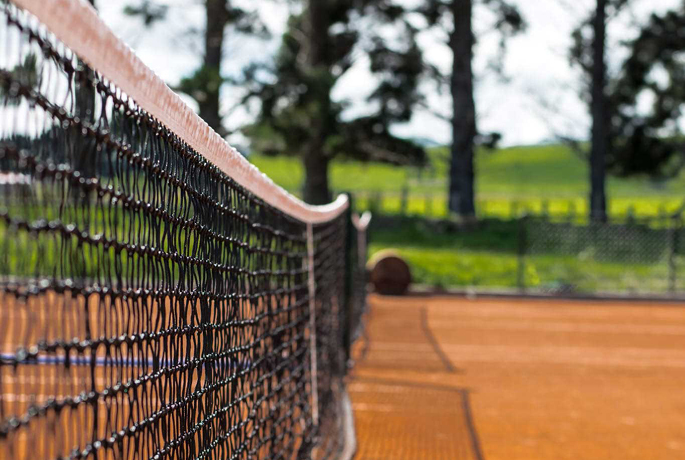
Jacob said he has had plenty of “surreal” moments over the past few months, as he stands back and watches tennis being played on red clay courts in his backyard.
“This is a clay court, on my property in New Zealand. It’s pretty crazy.”
One of his neighbours who owns a vineyard is keen to put together an exhibition match, combining red European clay court tennis with Wairarapa wine.
The opportunities ahead are endless.
And Jacob is keen for others to join him on this journey made of clay.
“If there's anyone else that wants to build some, I'm keen to help people out,” he said.
“For me, the more the merrier. If there were half a dozen clay court venues around New Zealand, that would be awesome. I don't want to be the only one.”
You know where to find him.






























